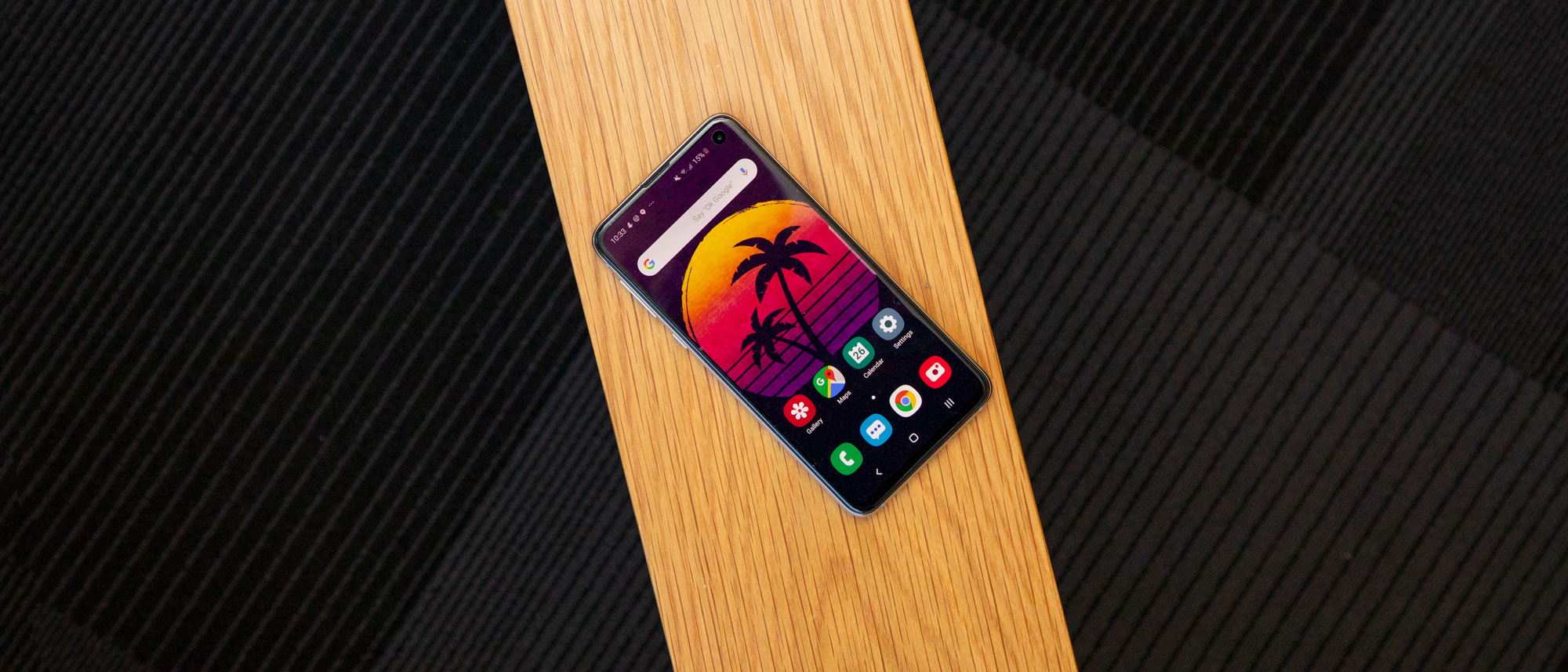Why you can trust TechRadar
Camera
The S10e comes with two rear-facing main cameras: a dual-aperture f/1.5-2.4 12MP main camera with OIS for smoothing out your shaky footage and a 16MP f/2.2 ultrawide shooter. The S10 and S10 Plus have both of those as well as a 2x optical zoom lens for a triple-lens array that’s become standard on flagships like the Huawei Mate 20 and LG V40 ThinQ. It’s possible that users will miss the telephoto lens, but if the phone was going to ditch any of the three, we’re glad it was one we wouldn’t use as often as the wide and ultrawide.
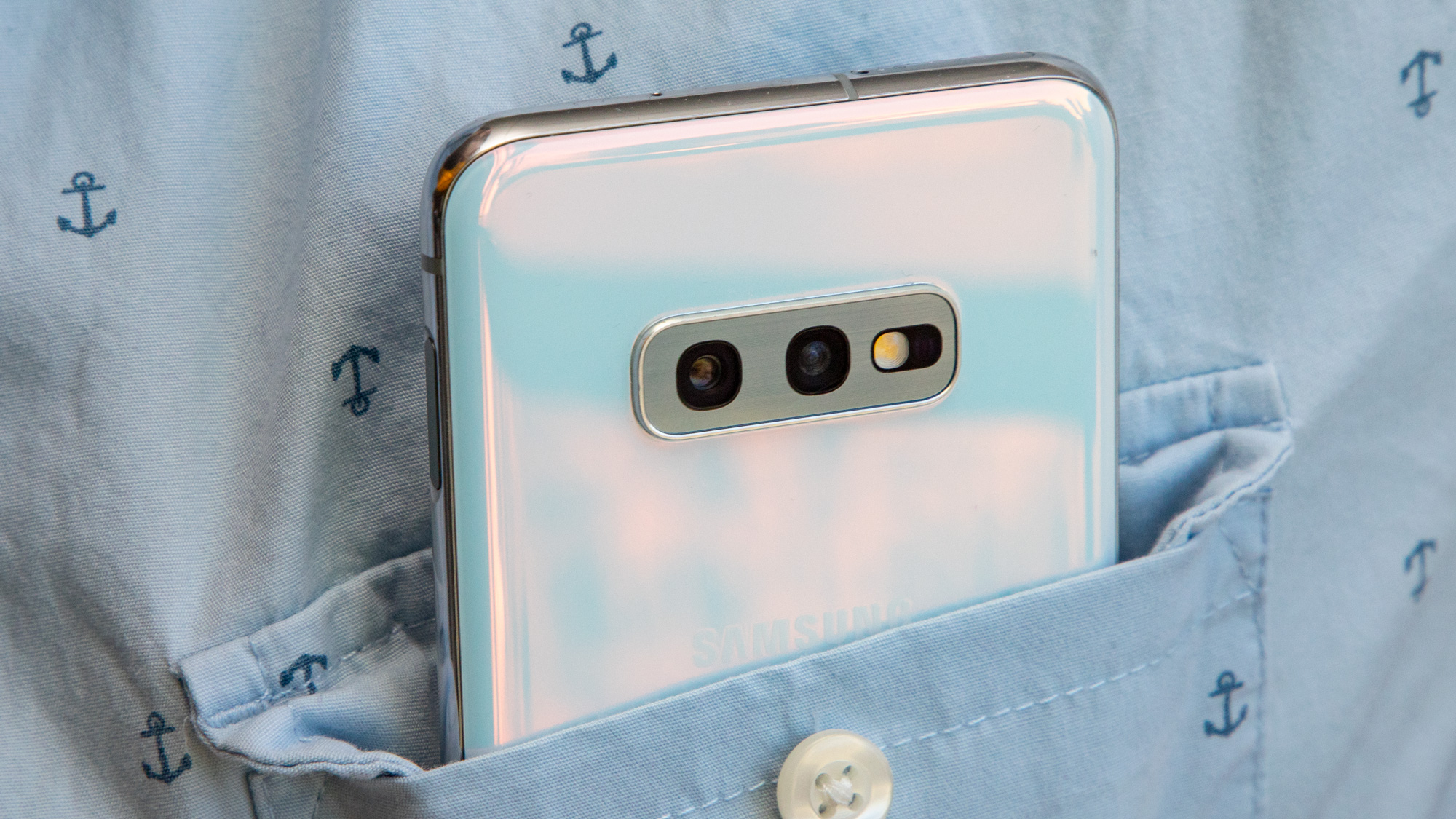
Even packing two cameras makes the S10e an upgrade over last year’s Samsung Galaxy S9, which had a single dual-aperture shooter. Taking wider shots is great for sheer functionality: the main camera has a 77-degree field-of-view, but the ultrawide has 123-degree FOV, which captures a surprising amount of extra context on the sides of a shot. Best of all, while dialing up or down zoom increments, switching between wide and ultrawide lenses is virtually seamless – which is a departure from the clanky transition when doing the same with the Huawei Mate 20 Pro.
So...how do the photos look? In our casual (i.e. automatic settings) shots, Samsung’s nailed photos in bright sunlight, and they even take better photos than the iPhone XS Max and Huawei Mate 20 Pro in photos with both indoor-outdoor sections: the other two handle interiors fine, but the S10e doesn’t blow out those bright exterior areas at all. It doesn’t do dark shots as well, though, and its night photography doesn’t hold a candle to the current king, the Google Pixel 3.
Another cool thing about having an ultrawide lens? Samsung uses it for panoramas – which means you’ll get a bit more context above and below your sprawling image. It’s very noticeable and something that will make your extra-wide photo-scrolls that much better than those taken with your friends’ phones. Just don’t be surprised if the ‘bowing’ at the top and bottom of these panoramas are extra-tweaked from the ultrawide.
The other upgrade from the S9 line is the software, which has received some new tricks and other invisible additions. One of the former is shot suggestions: when the feature is toggled on, it will place a semi-transparent circle (and the hint text “Best shot”), and if you line up your center reticle over it, both turn yellow to signal the ideal composition...at least as far as the AI’s concerned. It’s a finicky perk that doesn’t show up often enough to be super useful, but at least it doesn’t eagerly suggest better shots every time you try to take a photo like a nightmare camera-Clippy.

Basic sunset shot with the standard 'wide' lens.
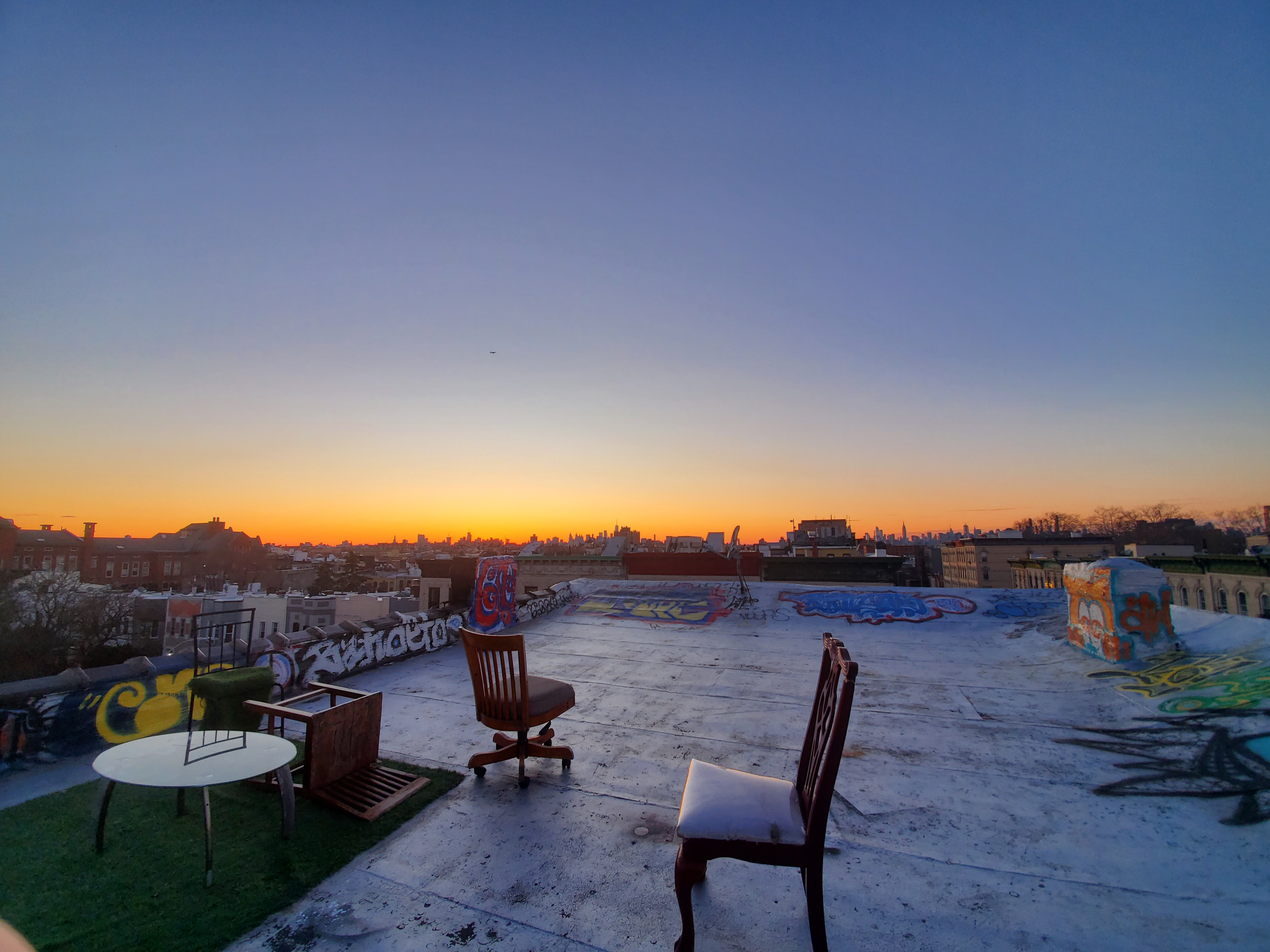
Same shot with 'ultrawide' lens.
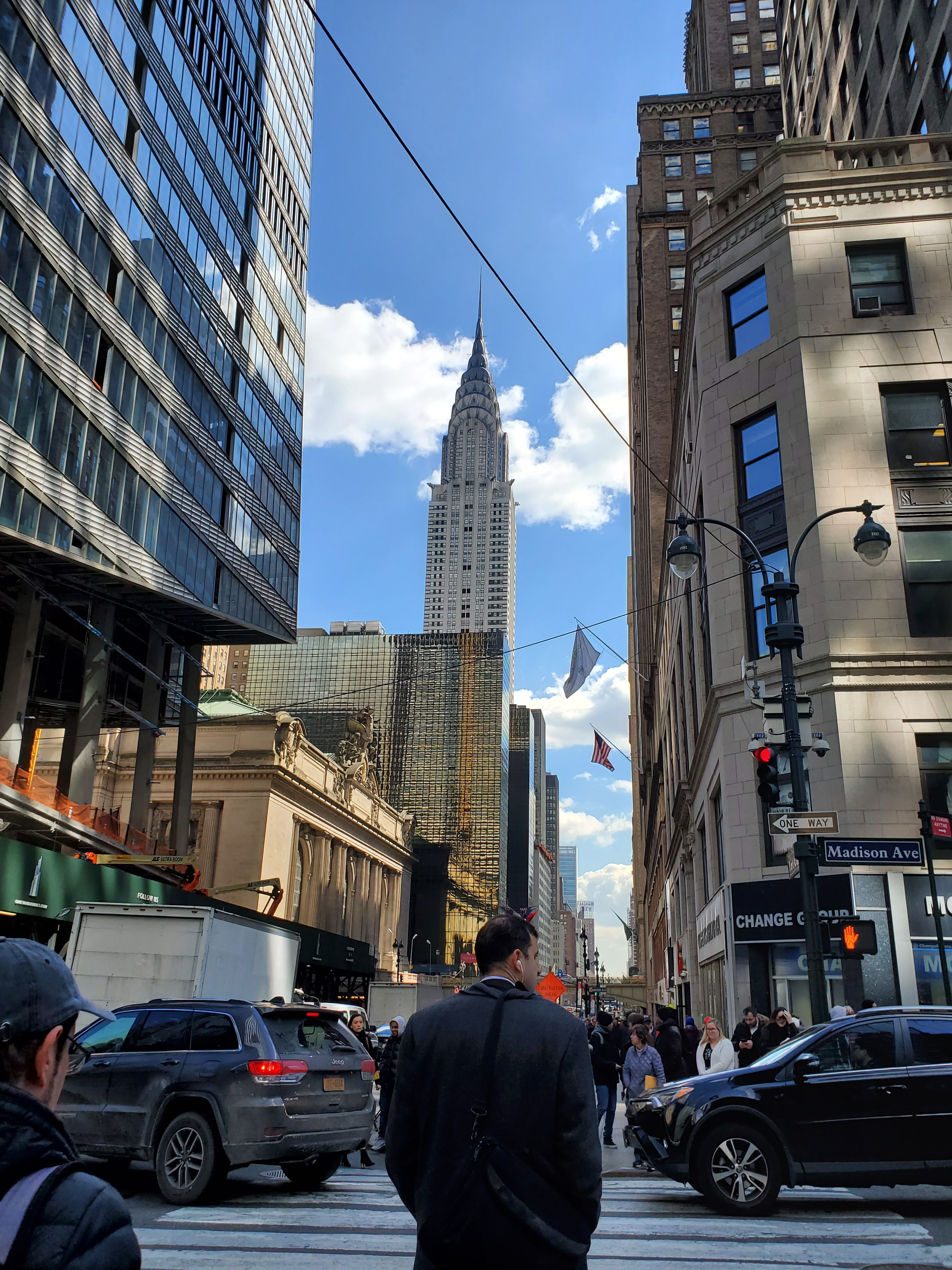
Standard lens.
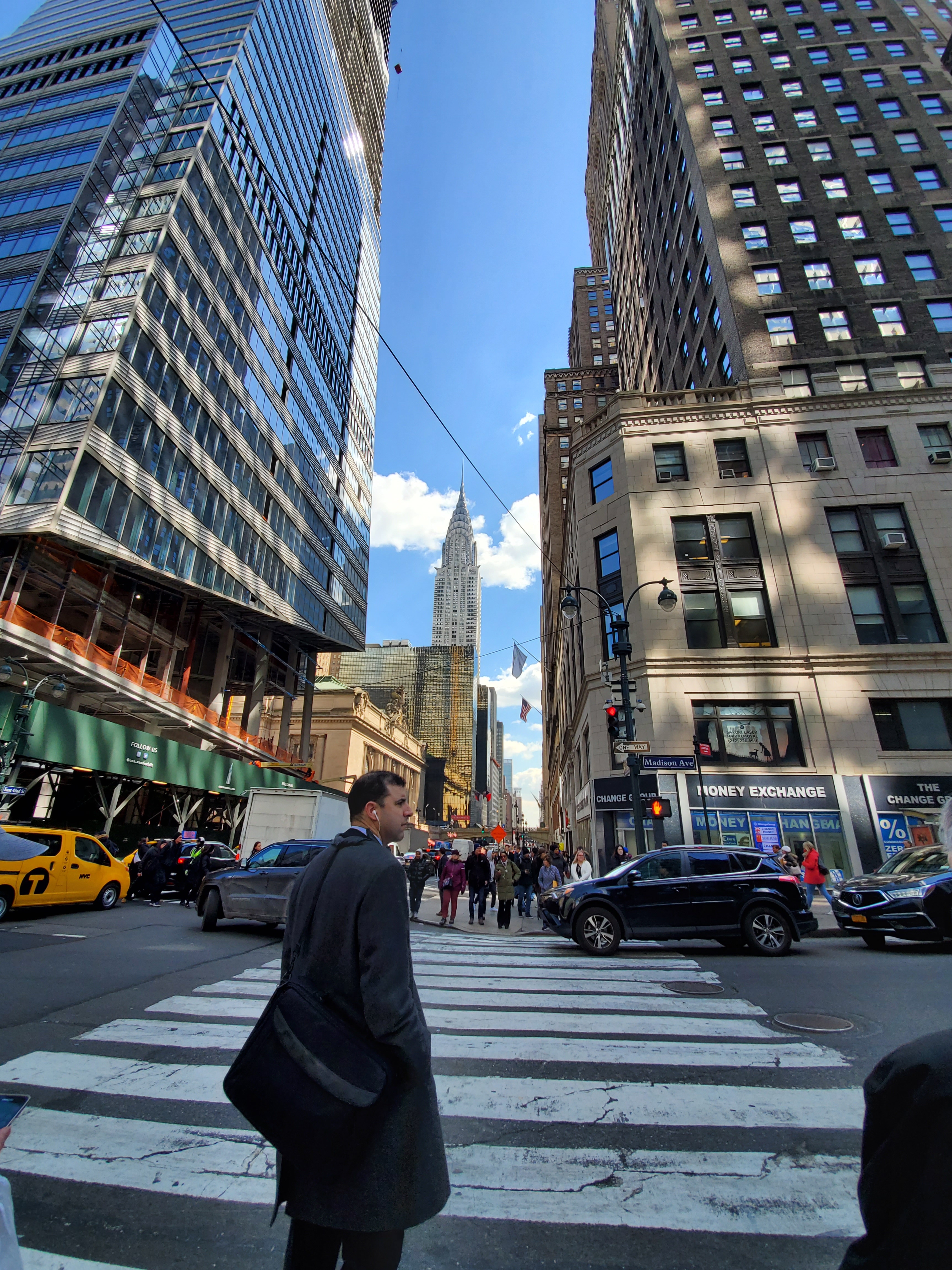
Ultrawide lens.
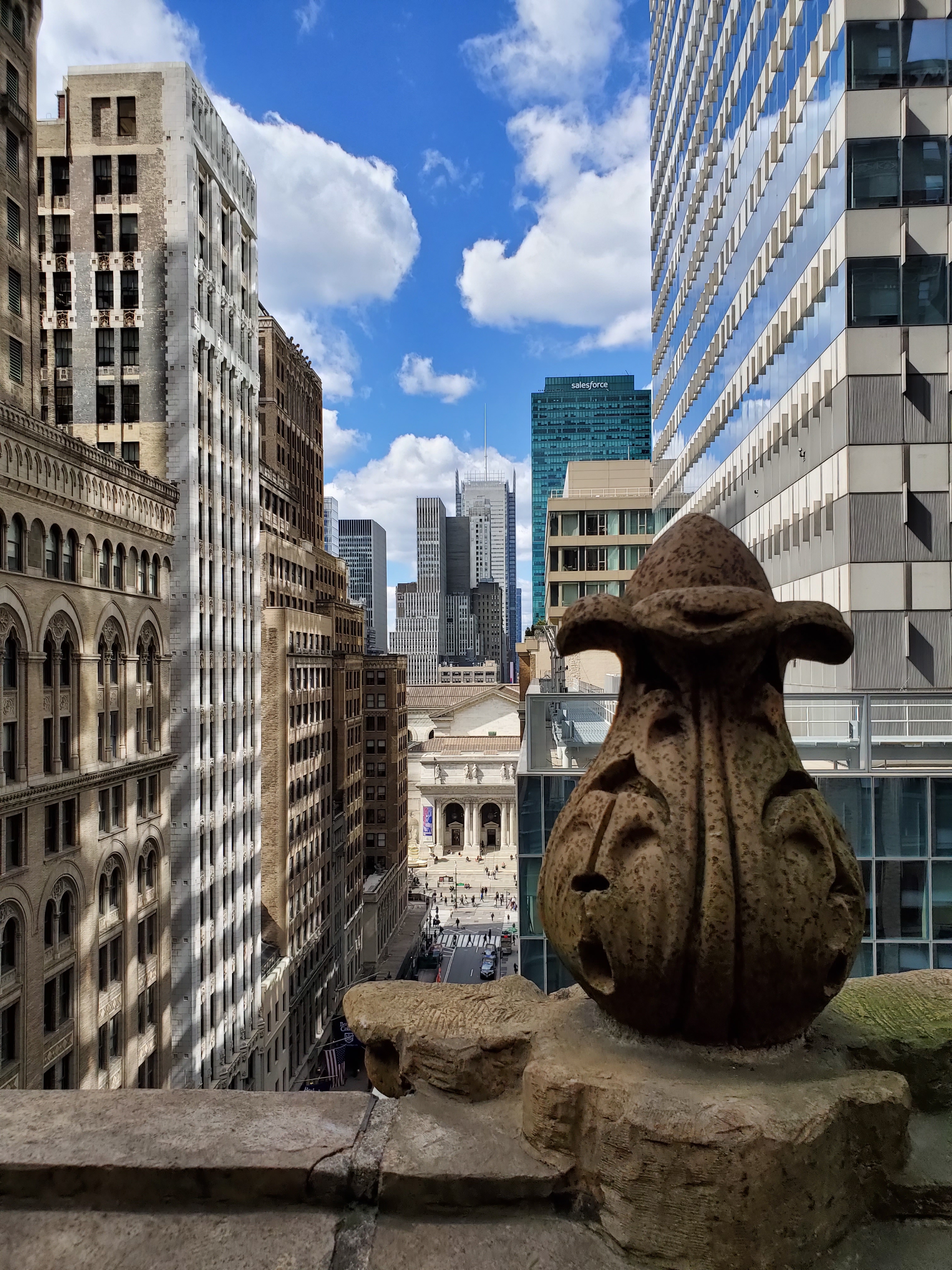
Standard lens, peering off the 13th floor.
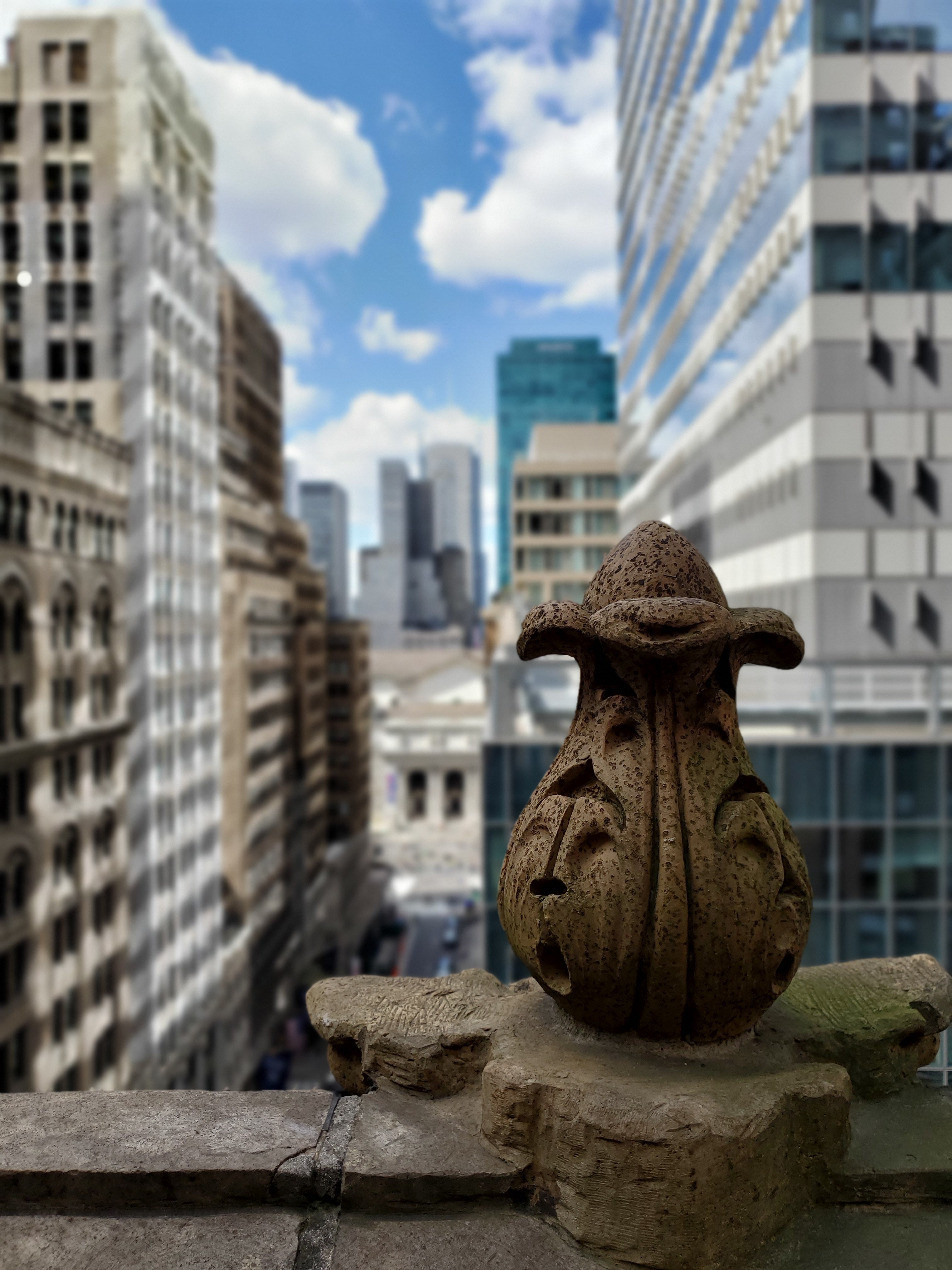
Standard lens with 'Live focus' depth mode.

Standard lens.

Ultrawide lens.

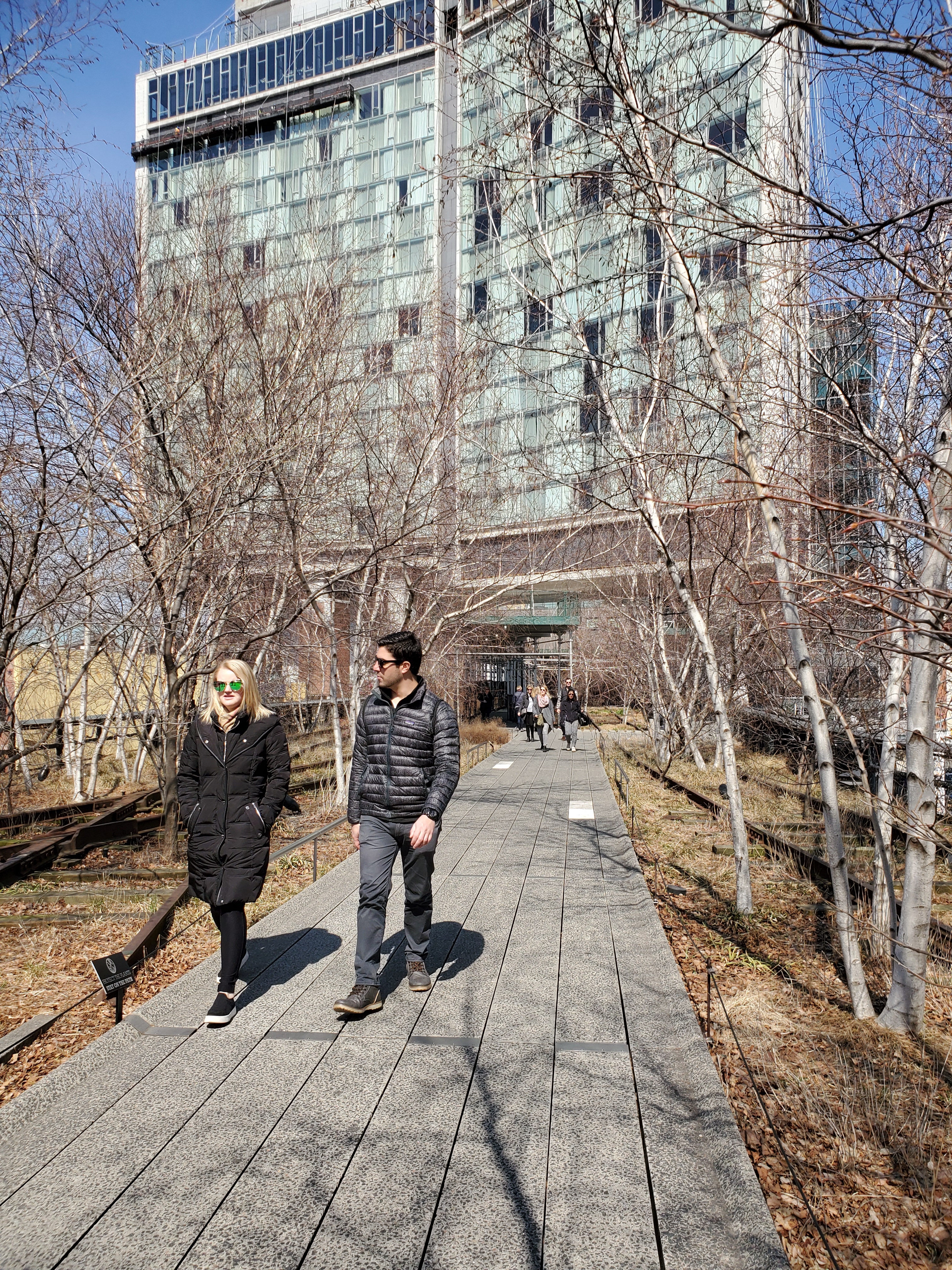

Interior-exterior shot – note the adapted contrast in the "exterior" area toward the mid-right. This section was blown out with other phone cameras.

Dark, interior shots were not as superior as those taken by other top-tier phones.

These dark interior shots were especially affected by light color, veering toward darker red hues here than similar photos taken by other phone cameras.
Samsung has added 10 more ‘scene optimizers,’ which tweak photo settings to especially suit the subject and environment in front of the camera. The previous selection included general setups like food, animals, sunrises and waterfalls, but the new ones add more specific ones like ‘dog’ and ‘baby.’ All told, there are 30 scene optimizers, which you can switch on (if the phone recognizes an appropriate subject) with a button that pops up in the camera app. More is good, if you like AI-suggested filters, but we’re fine tweaking things ourselves.
Video gets an upgrade, too, with the front-facing camera now capable of shooting in UHD/2160p at 30fps (the rear camera has the same capabilities as the Galaxy S9, maxing out at 2160p at 60fps). There’s better footage stabilization too, but the big leap forward is the capability to shoot in HDR10+, which is Samsung’s custom format to improve on HDR10. Switching it on and off is a bit tedious, and you won’t even be able to see the difference on the phone, since you’ll need a higher-quality display.
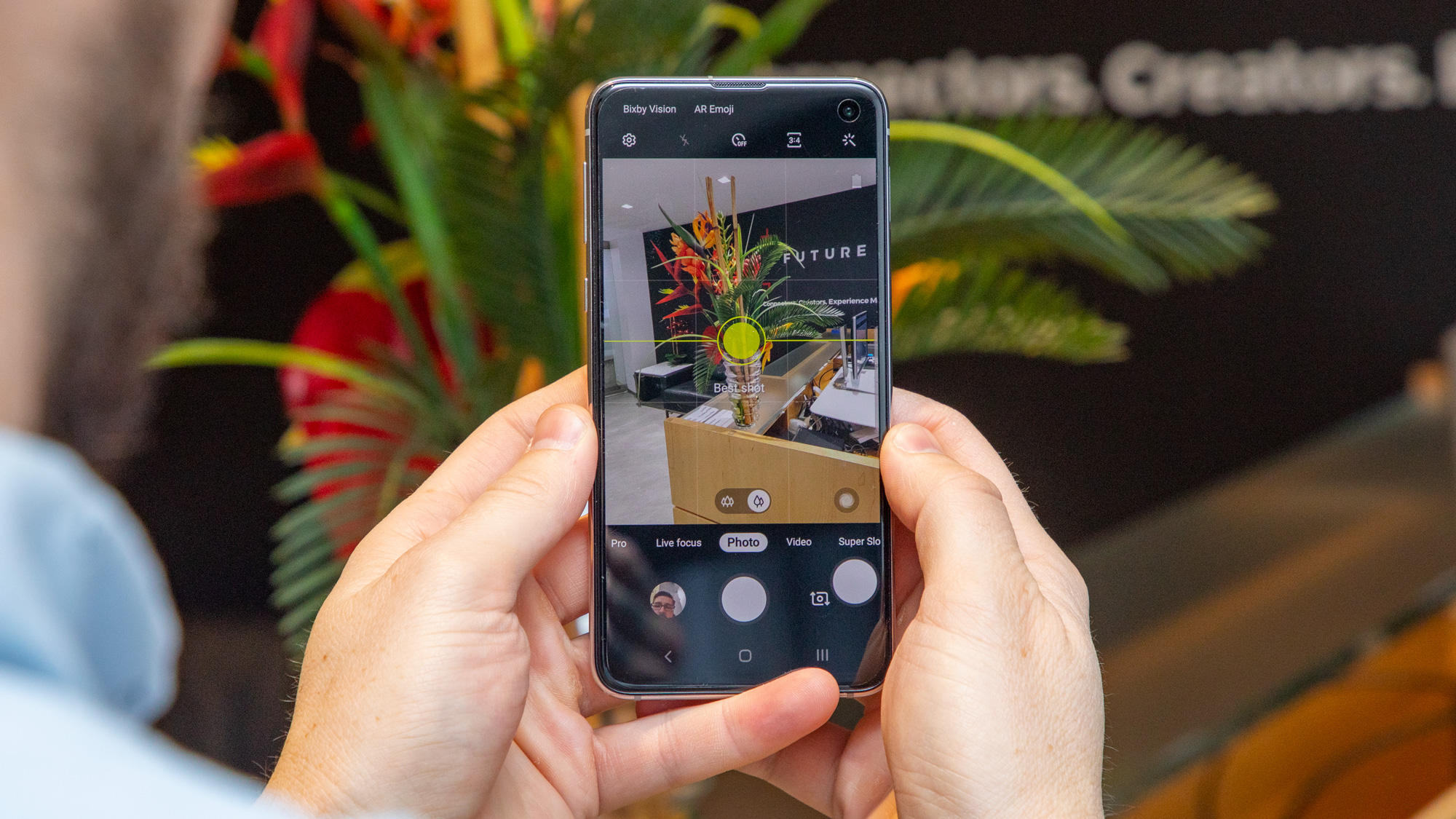
Bixby vision is back, of course. The AI-powered camera addition is a motley collection of services that recognize real-world objects and make suggestions, from shopping to finding related images online to wine-pairing tips. Fortunately, you can (and should) toggle these on and off so you’re not overloaded with matching images from Pinterest.
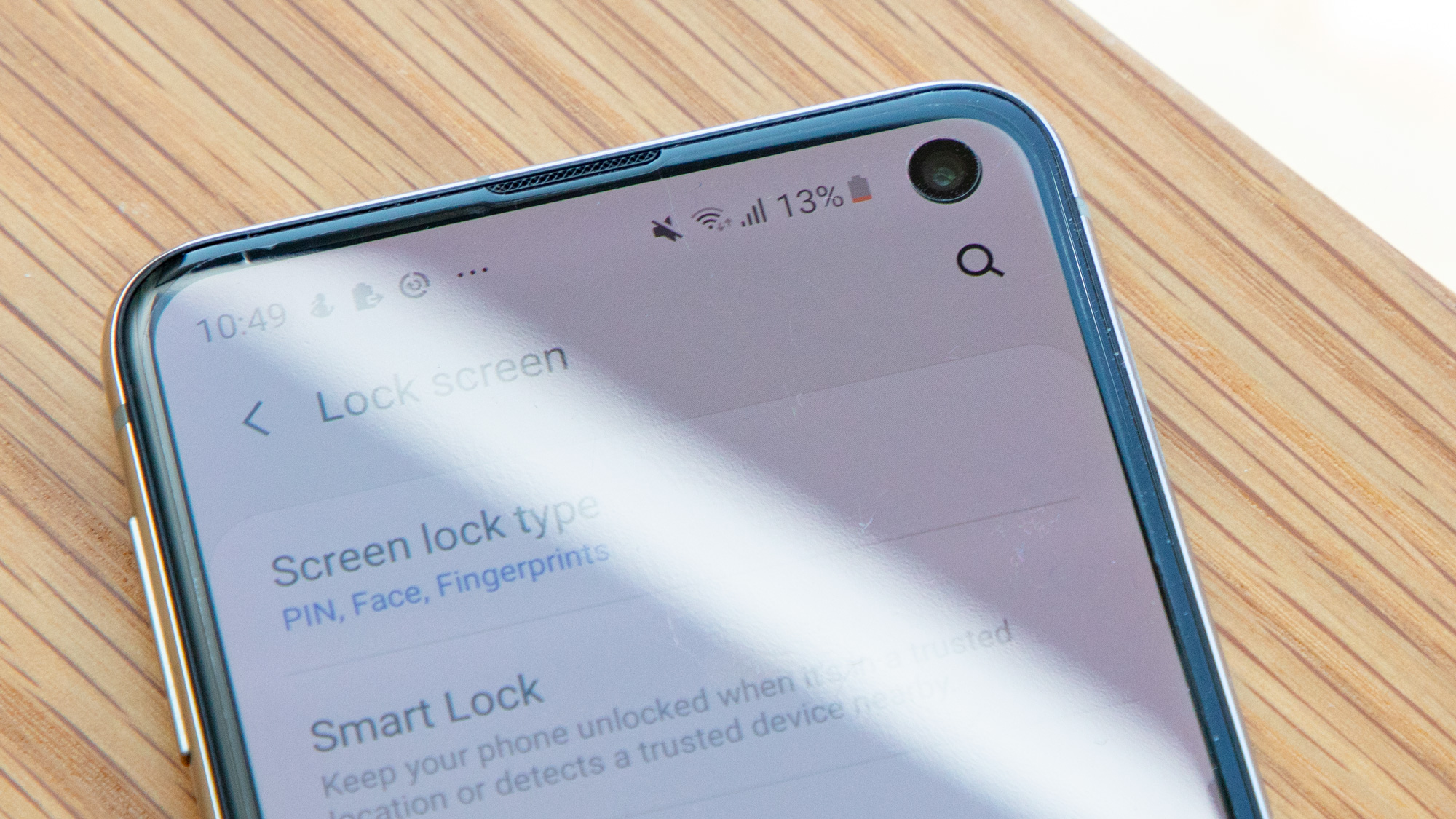
There’s also an AR mode with, thus far, a few odd applications. If you want to see how some eyeshadow and lipstick look on you, here’s a way to do that without Snapchat. Or you can see how furniture would look in your room by dropping an animated model in - though the models tended to hover over rather than sit right on the floor.
Galaxy S9 veterans who haven’t upgraded to Samsung’s One UI interface overhaul will find a few changes here that support the refined UI’s “controls on the bottom” theme. The carousel of photo modes, for example, are now on the bottom just above the shutter button, much like every other phone camera app out there.
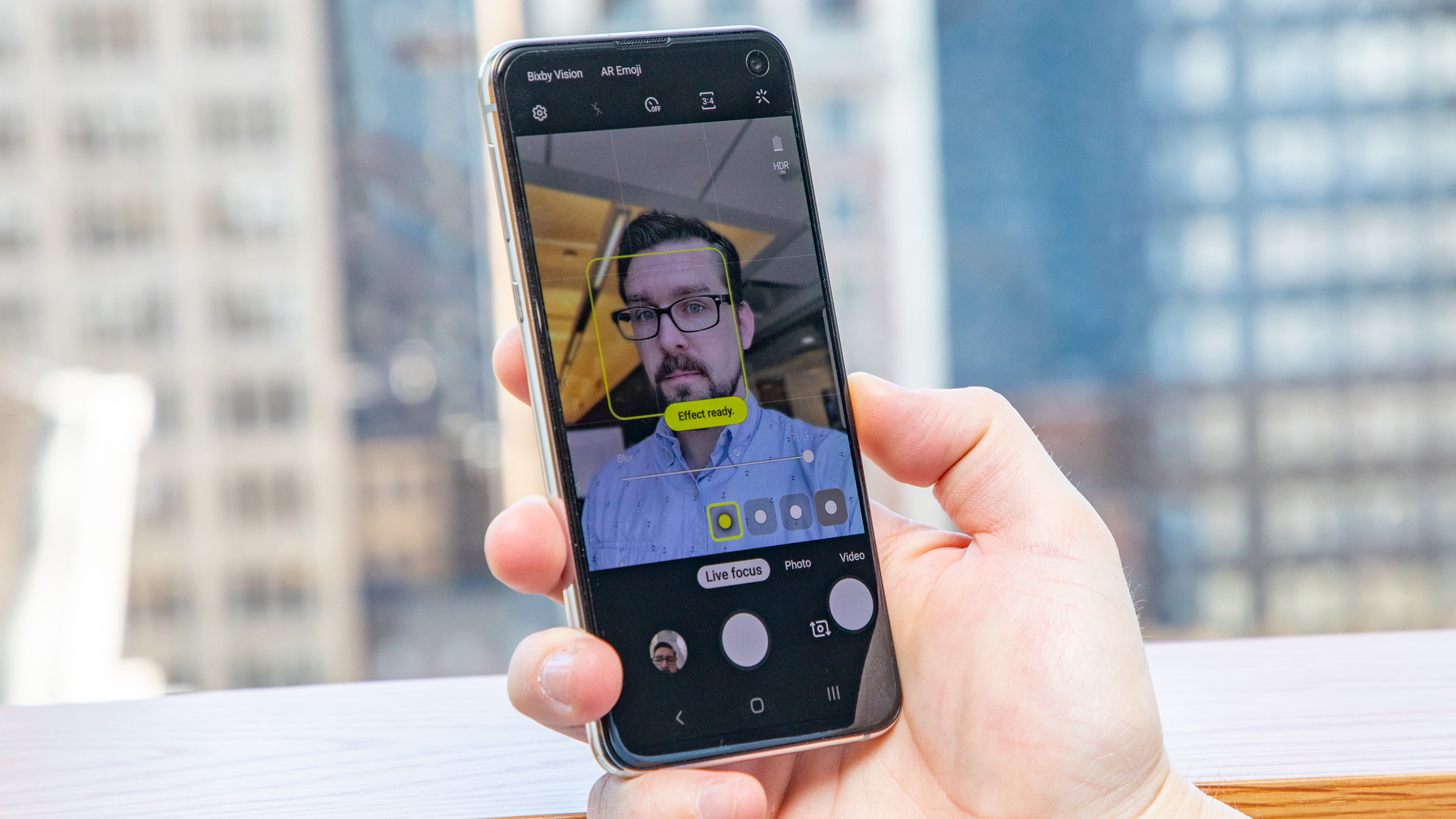
While the S10e only has a single 10MP front-facing lens, there’s a simulated ‘ultra wide’ mode that zooms out a bit. While it’s not Pixel 3-levels of wide, you’ll still get some breathing room for selfies, which is handy. Otherwise, expect them to be bright and serviceable, though you’ll feel the lack of a depth sensor when going in for Live focus (the depth-adding 'Portrait' mode).

Standard selfie, no strings attached

With 'blur,' the first of several effects in Live focus.

'Spin' effect in Live focus.

'Color point' effect in Live focus.
Current page: Camera
Prev Page Introduction, design and display Next Page Performance and battery lifeDavid is now a mobile reporter at Cnet. Formerly Mobile Editor, US for TechRadar, he covered phones, tablets, and wearables. He still thinks the iPhone 4 is the best-looking smartphone ever made. He's most interested in technology, gaming and culture – and where they overlap and change our lives. His current beat explores how our on-the-go existence is affected by new gadgets, carrier coverage expansions, and corporate strategy shifts.
